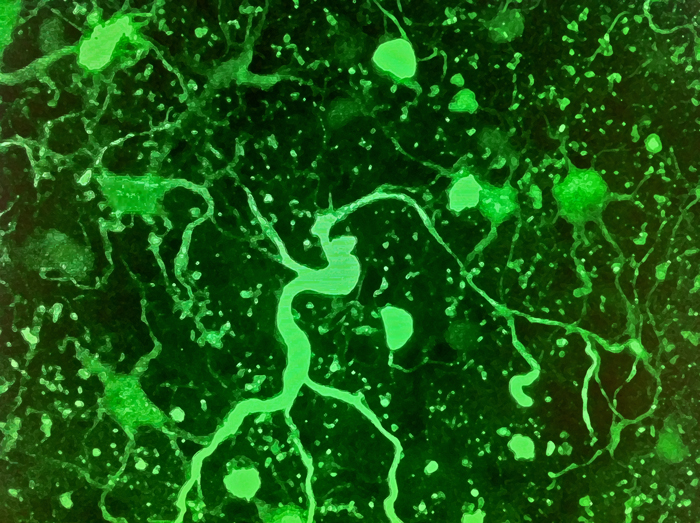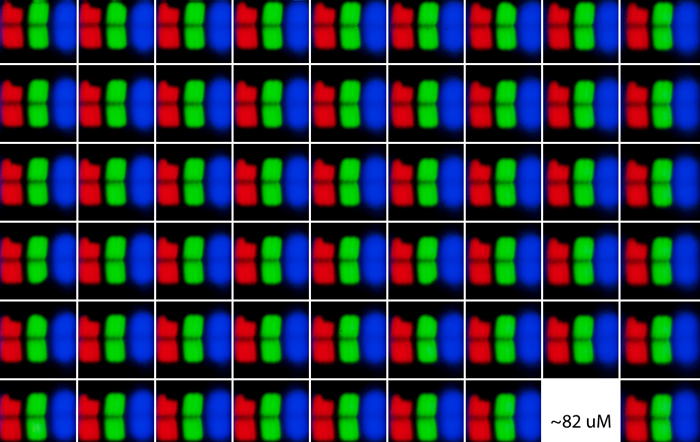Kay M. Tye and Karl Deisseroth have published a really nice review paper in Nature Reviews on using optogenetics toolkits to study neural systems for brain disease. While the real emphasis of their review is on using optogenetics for behavioral research and they only mention vision in passing with a couple of nods to two of Busskamp’s …
Building Retinal Connectomes

Stray Arrow Ranch in Torrey, Utah

On My Way To Plant An Orchard

Retina Display Revisited For The iPad

Easter, 2012

Cat Show

Map-Dot Fingerprint Dystrophy
This is a patient with Map-dot-fingerprint dystrophy, otherwise known as Cogan’s dystrophy. Map-dot-fingerprint dystrophy is the most typical form of corneal dystrophy. This disorder typically occurs bilaterally in adults from 40-70 years of age when the basement membrane of the corneal epithelium fails to develop properly resulting in sloughing off or failure of the epithelial …
Monument To The Dead, Constantine 1943

The Chi-Bin Chien Award
The Chi-Bin Chien Award has been established by the zebrafish research community and Genetics Society of America in memory of Dr. Chi-Bin Chien (1965–2011). Chi-Bin was Professor of Neurobiology and Anatomy at the University of Utah and served the international zebrafish community in numerous ways, including as Director of the Zebrafish Neural Development and Genetics …
Quick Trip: SLC To JFK… And Back

Right Now: Somewhere Over Iowa

Fiery The Angels Rose…

Notable Paper: Network Deficiency Exacerbates Impairment in a Mouse Model of Retinal Degeneration
This paper by Christopher W. Yee, Abduqodir H. Toychiev and Botir T. Sagdullaev examines the role that neural oscillations play in normal and pathological states. In a neurodegenerative model of retinitis pigmentosa, the authors examined the activity of neural networks in the rd1 mouse model and compared that activity to the wild type. The authors …